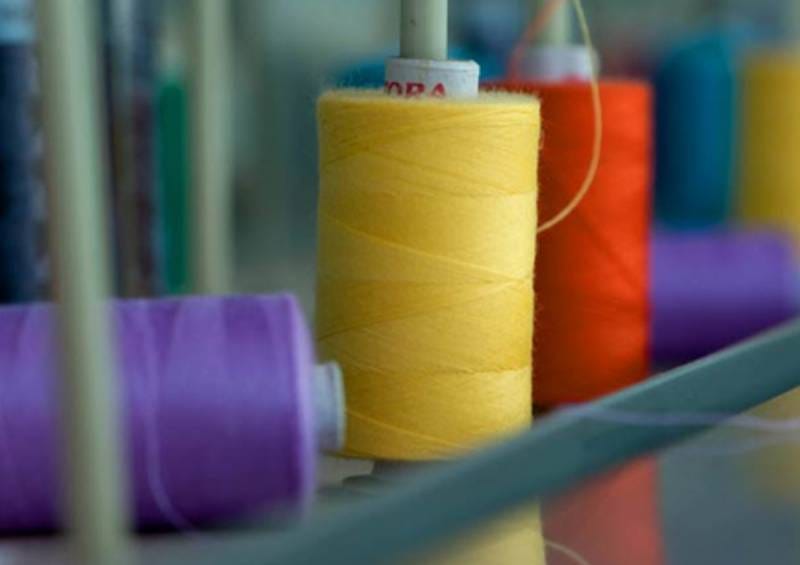Man-made fiber exports from India, growth stalls despite policy support

India's man-made fiber (MMF) exports witnessed a decline of 15.3 per cent in 2022-23 compared to the previous year, reaching $5.78 billion. This comes despite the industry's ambitious target of reaching $11.4 billion by 2030. Polyester Filament at $874.45 million was the top MMF fiber export. The leading export destinations were the US (15.23 per cent), Turkey (9.62 per cent), Bangladesh (6.55 per cent).
Reasons for decline
One major factor that led to the fall was global slowdown. The slowdown in the global economy, particularly in key importing regions, impacted demand for Indian MMF fibers. Moreover, rising raw material costs was another factor. Increase in crude oil prices, a key input for synthetic fibers, squeezed profit margins for exporters. Then there was growing competition from other MMF exporters like Vietnam and China that might be putting pressure on prices.
Strategic gains and policy impact
To tide over this phase the government has done policy interventions. The removal of anti-dumping duties on Purified Terephthalic Acid (PTA) and viscose staple fiber has lowered production costs and improved export competitiveness. There's a shift towards exporting raw MMF fibers, with a 7 per cent share in Apr-Nov 2023 compared to a negligible presence earlier. This aligns with the government's PLI scheme to strengthen the MMF value chain. Also, the Remission of Duties and Taxes on Exported Products (RoDTEP) scheme offers duty drawbacks to exporters, making Indian products more attractive in international markets.
Market performance, a mixed picture
Despite remaining the top importer, US imports from India declined almost 11 per cent. This could be due to factors like inflation or competition from other producers. Exports to Turkey and Bangladesh, two key markets remained relatively stable, indicating their continued demand for Indian MMF products. Brazil, Sri Lanka, and Italy saw a decrease in imports, suggesting a need to explore strategies to maintain their interest.
To tide over the problem MMF producers need to focus on innovation. Developing high-value MMF products like technical textiles can help India cater to specialized markets and improve margins. They also need to look at market diversification, exploring new markets in Southeast Asia and Africa can help mitigate dependence on traditional destinations. However, continued government Support is needed. Sustained efforts through schemes like PLI and RoDTEP are crucial to maintain cost competitiveness and incentivize production.
While India's MMF exports faced a setback in 2022-23, the strategic shift towards fiber exports and a focus on cost reduction are positive signs. By addressing global market challenges and exploring new opportunities, India's MMF industry can regain its growth momentum and achieve its ambitious export targets.
